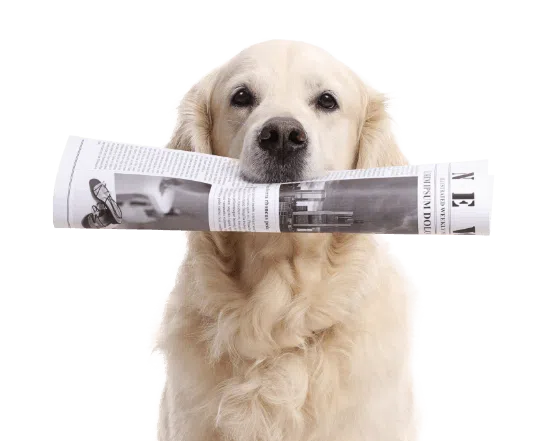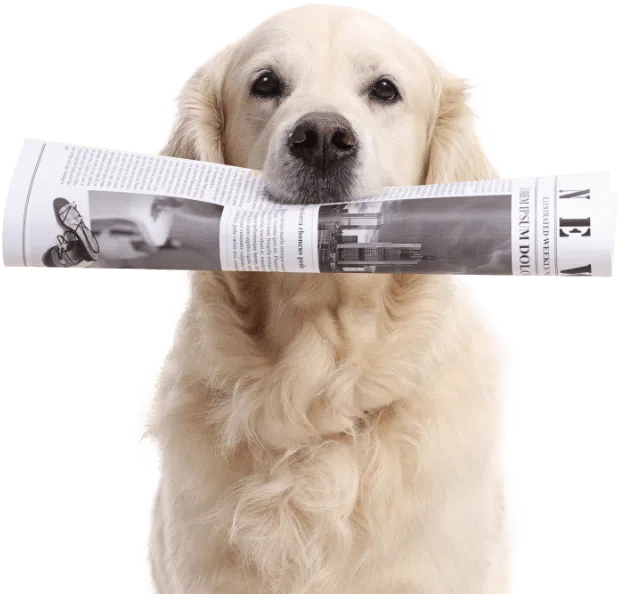In a world where pet ownership extends far beyond the traditional cats and dogs, the demand for veterinary care for exotic animals is growing significantly. The term “exotic” encompasses a wide range of animals, from reptiles and birds to small mammals like sugar gliders and even larger species such as big cats and primates. These animals hold a unique place in the hearts of their owners. However, the world of exotic pet medicine faces its own set of challenges, from diverse anatomical peculiarities to the need for specialized diagnostic tools. Diagnostic imaging, although often underutilized, emerges as a powerful solution to address these problems. In this blog, we will explore the world of exotic animal care and the specialized veterinary provisions they require.
4 Major Challenges Faced by Exotic Pet Owners
Unique Needs of Exotic Animals
Exotic pets have distinctive requirements compared to domestic pets. Their diets, enclosures, and environmental conditions are often quite specialized. Avian and exotic animal care specialists emphasize the significance of thorough research before acquiring an exotic pet. Understanding their needs is key to providing proper exotic pet care.
Finding the Right Exotic Animal Veterinarian
Selecting the right veterinarian for exotic pets is a crucial step. A veterinary hospital specializing in exotic animal care is ideal. These professionals possess the knowledge and experience needed to ensure the well-being of the animal companion.
Knowledge Deficits and Husbandry
Caring for exotic pets requires a specialized understanding of their biology and husbandry needs. Unfortunately, knowledge deficits are prevalent, leading to poor husbandry and even tragic outcomes. The consequences of these deficits include high mortality rates among exotic pets. The issue of poor welfare extends to public health, with zoonotic diseases posing a risk to human safety.
Difficulty in Diagnosis
Interpreting diagnostic images of exotic animals can be challenging due to the lack of reference material. Each group of exotic pets presents unique difficulties, with reptiles often posing the greatest challenge. The differences in anatomical features, fat distribution, and bone density make image interpretation more intricate. To become proficient, practice and familiarity with the unique anatomy are essential.
Veterinary Industry Solutions for Exotic Animal Care
Veterinarians specializing in exotic animal care are harnessing the power of modern technology to enhance their practice, streamline communication, and improve the quality of care they provide to pets. By looking into the potential of digital tools, let us understand how these help in mitigating the challenges faced by pet owners.
Knowledge and Expertise
To successfully utilize diagnostic imaging, veterinarians must first acquire a basic knowledge of the anatomy of the species they are treating. Understanding the anatomical peculiarities of reptiles, birds, and other exotic pets is essential. This foundational knowledge is the key to interpreting the results and making informed decisions in exotic animal care.
Investing in Modern Equipment
Choosing the right equipment is critical in avian and exotic animal care. Radiographic machines should be capable of accommodating a wide range of species, from day geckos to large varanids. Short exposure times, high milliamperes capacity, and the ability to alter kilovolt peak settings are essential for capturing detailed images. The choice of cassettes and films also impacts image quality, with high-detail, rare earth cassettes being the preferred option for small animals.
Embracing the Power of Diagnostic Imaging
Exotic pet medicine often calls for a different approach due to the incredible diversity of species. Here, diagnostic imaging becomes a versatile tool, allowing veterinarians to evaluate multiple systems simultaneously. This technology offers a window into the health of exotic animals, unveiling hidden issues and complexities that may not be evident through other diagnostic methods.
Promoting Preventative Care
Veterinarians must emphasize the importance of preventive care and regular health check-ups for their exotic patients. They can work closely with pet owners to create tailored wellness plans, educate them about species-specific healthcare needs, and stress the significance of early detection and intervention. By promoting preventive care, they can enhance the longevity and quality of life for exotic animals.
Collaborative Efforts
Collaboration between exotic animal veterinarians and experts in fields like herpetology (study of reptiles and amphibians), ornithology (study of birds), and primatology (study of primates) is essential for delivering comprehensive care. These collaborations bring together diverse knowledge and experience, enabling a more profound insight into the unique requirements of exotic species.
Lifelong Learning
The field of exotic animal veterinary care is dynamic and ever-evolving. These veterinarians must engage in continuous education to stay up-to-date with the latest research, treatments, and advancements in exotic animal medicine. This dedication ensures that their patients receive the best care possible.
To learn about the success metrics that matter for your veterinary practice, read this.
Key Advantages of Diagnostic Imaging in the Field of Animal Care
Streamlining Patient Records
One of the primary functions of digital image management is the efficient organization and storage of patient records. Exotic animals often require specialized care, and having quick access to their medical history, images, and test results is essential. Digital systems enable veterinarians to maintain thorough and easily accessible records, which is crucial for making informed decisions in avian and exotic animal care.
Client Communication and Education
Digital image management solutions empower veterinarians to communicate more effectively with pet owners. Sharing images and diagnostic results digitally enables real-time discussions and enhances the pet owner’s understanding of their exotic pet’s condition. Educational content, including images and videos, can be shared through online portals, making it easier for pet owners to grasp the intricacies of avian and exotic animal care.
Data Security and Compliance
Digital image management solutions also address critical concerns regarding data security and privacy. All pet owners need reassurance that their pet’s sensitive information is protected. Digital platforms often come equipped with encryption and compliance features, ensuring the safe handling of patient data, which is essential for maintaining trust in avian and exotic animal care.
Remote Monitoring and Follow-up
Digital image management facilitates remote monitoring of exotic pets’ progress. Veterinarians can track a pet’s condition through uploaded images and videos, allowing for timely adjustments in treatment plans. This is particularly valuable for exotic pets that may not require frequent visits to the clinic.
Ultrasound in Exotic Pet Medicine
In addition to radiography, ultrasonography is becoming an invaluable tool in exotic pet medicine. Ultrasonography can offer insights into the reproductive status of reptiles, allowing for precise predictions of ovulation. It’s a non-invasive method that is especially useful in assessing reproductive and coelomic systems in exotic pets.
To learn about the key factors to consider while choosing a veterinary PACS solution, read this.
Conclusion
The issues surrounding exotic pets are intricate and deeply rooted in the trade and keeping of these animals, especially in the United States, where 9 million households own 17.6 million exotic pets. To navigate this complex terrain, we must emphasize responsible pet ownership, proper education, and informed decision-making. As technology continues to advance, the welfare and well-being of exotic pets can be enhanced, making sure they receive the specialized care they deserve. With practice, expertise, and the right diagnostic tools, the future for these extraordinary companions looks brighter than ever.
About Asteris Keystone
The Asteris Keystone Software Suite enables veterinary practices across a wide range of specialties to utilize the benefits of PACS veterinary radiology software. This integrated suite of solutions delivers unmatched speeds, convenience, and security to your veterinarian practice.
Keystone Omni is compatible with any imaging device – no matter how diverse your hardware is, our software caters to your image management needs. Our software has served zoos, universities teaching veterinary disciplines, and clients serving ranchers and farmers. Our system ensures that you can conveniently provide excellent care to any type of animal – all under one roof.
Key features of Keystone Omni:
- Secure: Images are encrypted before being stored locally, and in the Asteris cloud. You can also store images and report files.
- Fast: Rapid image transfer rate helps you be more efficient so you can keep up with a demanding workflow.
- Automated: Automatic archival, instant backup, and automated population of patient information at the imaging device.
- Dynamic: Order an exam, automatically capture billing, and access images with a pre-populated customer record.
Whatever the nature of your practice, Keystone Omni’s flexibility and specialized functionality assist in the diagnosis and treatment of any type of animal, in any scenario. To learn more, get in touch with our team now!
Book a Demo of Keystone Omni Now
Submit images directly through Asteris Keystone or via our free and simple Asteris Keystone Community application.
Blog
the latest Updates from Asteris
If you like this post you might like this
Subscribe to our newsletter
don't miss out the updates
from asteris
Sign up to our newsletter to stay in the loop.

